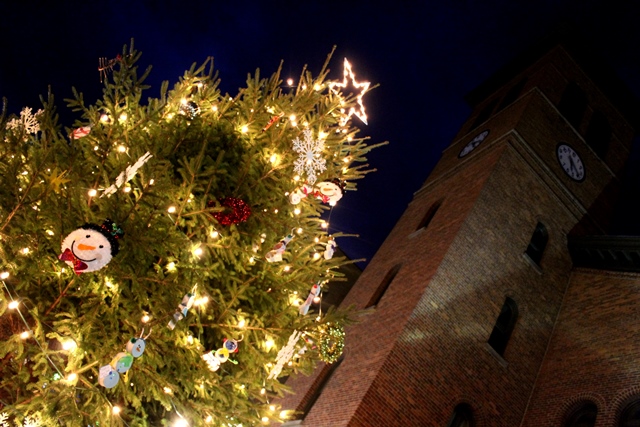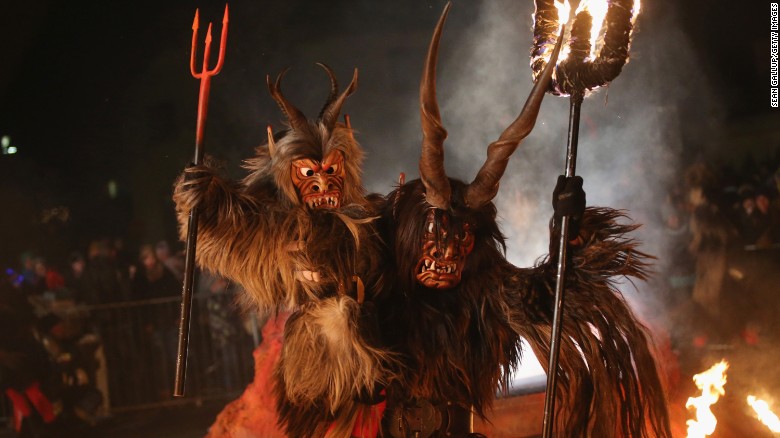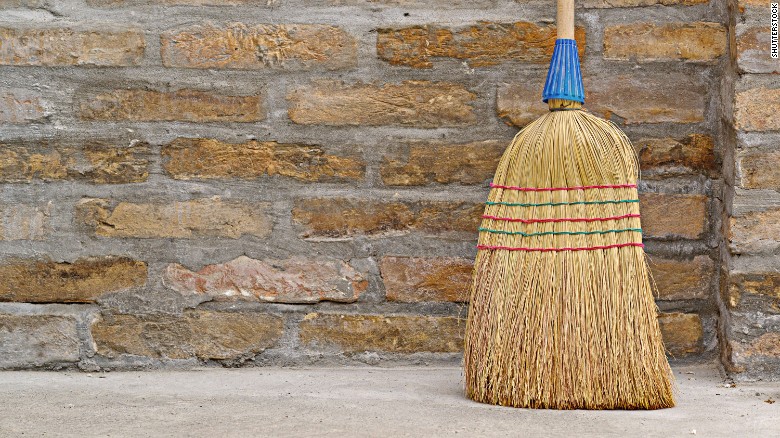 Americans families celebrate Christmas by loading up and joyfully trimming a fir, pine or spruce from a tree farm and decorating its branches with festive lights and garland.
Americans families celebrate Christmas by loading up and joyfully trimming a fir, pine or spruce from a tree farm and decorating its branches with festive lights and garland.
Together, families hang their own unique and meaningful ornaments on the tree. Some have been homemade by the children; others have been passed down through the generations.
Holiday cards are sent out to family and friends across the miles. And, friends, families and co-workers throw holiday parties, exchanging gifts and making cherished memories.
In Clearfield, merchants fill their storefronts downtown with vintage and whimsical Christmas displays. Streets light up at night and the community Christmas tree towers over downtown from the courthouse square.
On Christmas Eve, families gather to partake in an assortment of holiday dishes, to enjoy Christmas songs and to watch 24 hours of “A Christmas Story.”
Before children are tucked in, they leave a holiday plate of fresh-baked cookies and a tall glass of cold milk for Santa’s enjoyment while he is leaving presents beneath their tree and filling stockings to the brim.
American children wake up to find neatly-wrapped Christmas presents topped with colorful bows all around and beneath the tree and a trail of cookie crumbs left on the kitchen table by the jolly man with the great big belly.
However, around the world, Christmas celebrations are quite diverse and a reflection of local history, culture and traditions. Here are some ways the holiday is celebrated by people in other countries.
Philippines: The Giant Lantern Festival lights up the City of San Fernando’s skyline in the Philippines. It has become an annual event held in December on the Saturday before Christmas Eve; this year’s festival will be held Dec. 16. It features a competition of giant lanterns. The festival’s popularity has earned the City of San Fernando the nickname: the “Christmas Capital of the Philippines.”

Austria: Austria has a folklore-based horrifying horned devil, Krampus, which is “half-goat, half demon.” Krampus arrives on the night of Dec. 5 and goes around punishing the naughty children. He beats them with switches or even makes them disappear into his sack to be tortured or eaten up! Krampus originated in the Germanic alpine regions but is widely known in other European countries, as well.
Iceland: Yuletide Lads, or Yule Lads, are figures from Icelandic folklore, who have become the country’s modern-day Santa Claus. They put rewards or punishments into shoes placed by children on window sills during the last 13 nights before Christmas Eve. Every night, one Yuletide lad visits each child, leaving gifts or rotting potatoes depending on the child’s behavior throughout the year.
Germany: Each year on Dec. 6, children in Germany celebrate Nikolaus, a Christmas figure known for miracles and not to be confused with Santa Claus. On the night of Dec. 5, German children set their shoes out. Nikolaus leaves little treats for good children or a switch for bad children. Santa Claus then visits German homes on Christmas Eve.
Germany: The Christmas pickle ornament is a long tradition in Germany. After families decorate their trees, parents hide the pickle ornament among the boughs. When children see the decorated tree for the first time, they must hunt for the hidden pickle ornament. The lucky child who finds it first will receive an extra gift.

Norway: Norwegian legend is filled with Christmas witches and evil spirits. They come out looking for a broom to ride on, which is a bad omen. To keep the witches away, all brooms in Norwegian homes are hidden on Christmas Eve, and men go outside to fire a shotgun to scare off the bad spirits.
Sweden: A Swedish tradition involves festive rice pudding. A peeled almond is hidden in the dessert, and the person who finds it will supposedly get married within a year.
Great Britain: A Christmas tradition in Great Britain involves having each family member stir the Christmas pudding mix in a clockwise manner. They may also make a wish if they choose to.
Canada: The Canada Post gets a lot of mail for the address: Santa Claus, North Pole, Canada. And, cheerfully, any letters received are opened and then replied to. Ho Ho Ho! Merry Christmas!
Finland: Finish people celebrate Christmas by paying tribute to loved ones who have passed away. Families light candles at their loved ones’ graves, which makes cemeteries a splendid sight in Finland during the holidays.
Latvia: A group of “mummers” dresses in costumes travel from house to house. Each family must give them a treat in exchange for a blessing.


